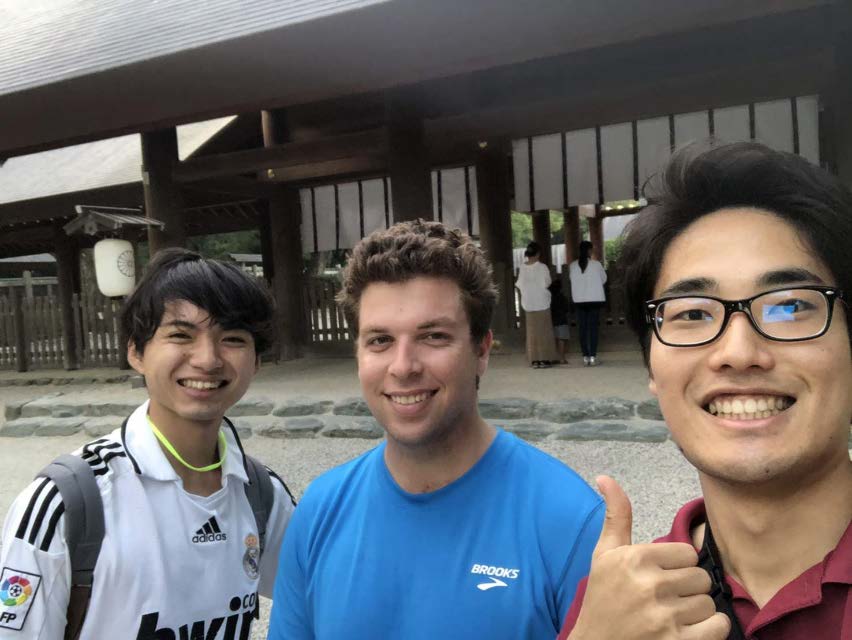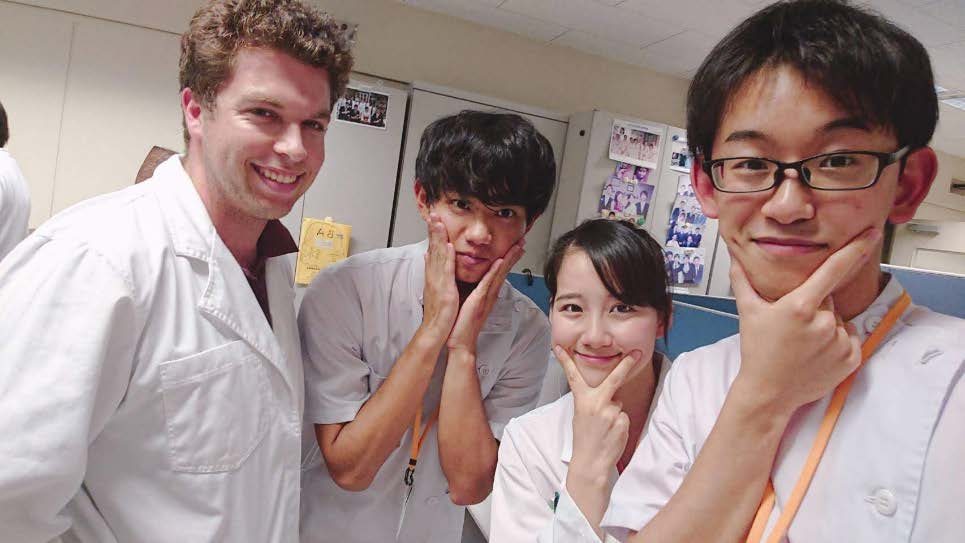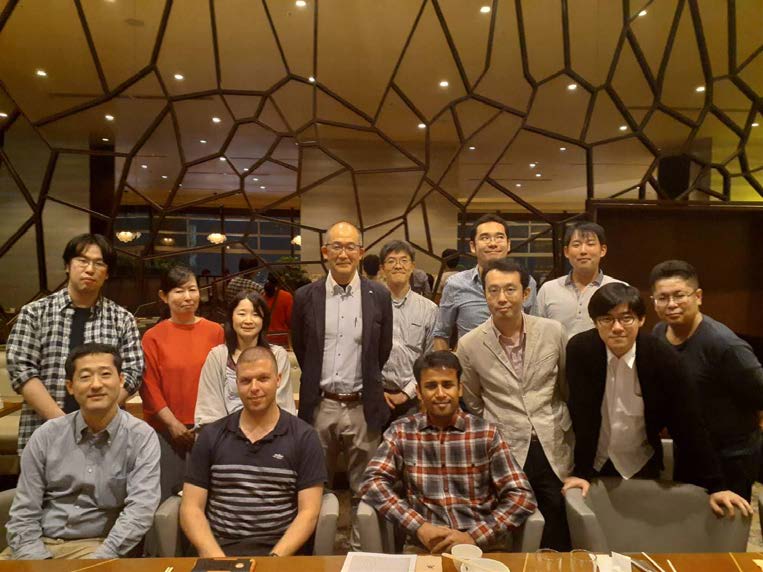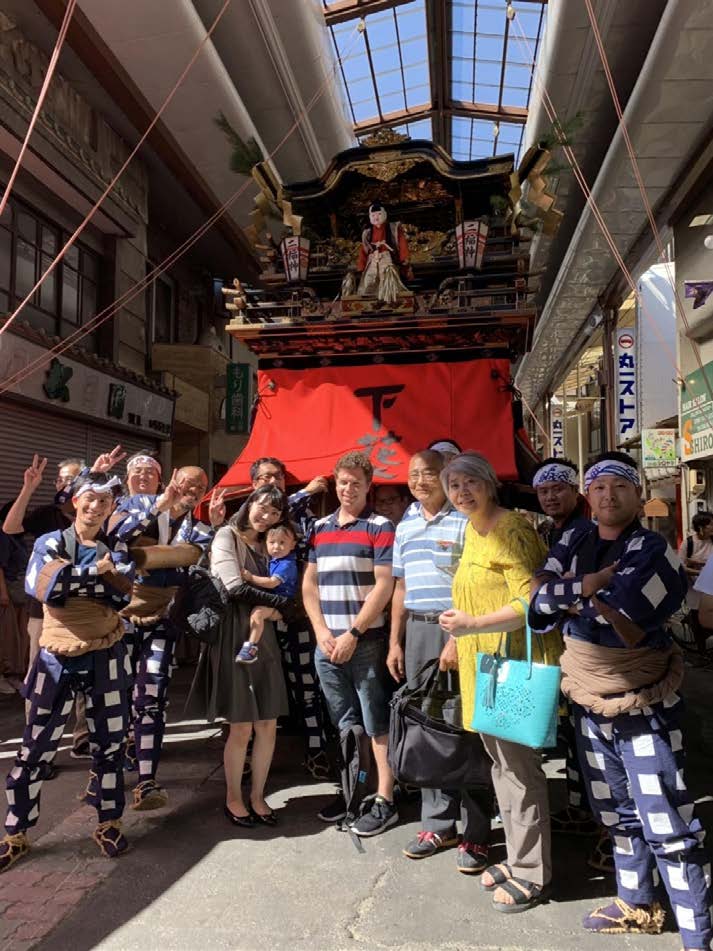Clinical Exchange in Japan
Welcome to Japan and Nagoya University school of Medicine!
Experience report
Name: Joseph Snyder
School: Adelaide University, Australia
Study Period: 7/10/2019 - 1/11/2019
Departments: Paediatric Surgery, OBGYN
My name is Joseph Snyder and in October 2019 I came to Nagoya University Hospital for a four week placement from Adelaide University in Australia. I chose to go to on this elective for a few reasons. I have learned japanese throughout high school, but discontinued my studies during medical school due to a lack of time. I felt that this might be a good opportunity to practice my Japanese and improve it by talking to Japanese people. I have been to Japan twice and I feet that a medical placement would also allow me to expand my knowledge and understanding of Japanese way of life and language in a non-tourist setting. Specifically, I wanted to experience more of how Japanese people speak with each other, including the doctor patient relationship in Japan and how it compares to medical practice in Australia.
For my elective, I chose to do a two week placement in paediatric surgery and a two week placement in obstetrics/gynaecology. I chose to to paediatric surgery mainly as I had not seen any of this in Australia at all and wanted to learn a bit about it before starting work the following year. I was introduced to the department on my first day and it was very interesting to see the structure of the surgical team in action. By that I mean that it seemed quite different to Australia. In Japan, following medical school the students become 'residents’ which they must do for two years before pursuing further training. After which time they can enter training programs of their choosing.
The team structure when doing paediatric surgery was different to what I'm used to in Australia. There is a surgical based team and a ward based team of which the members don't appear to overlap. They are generally at the same academic level as each other and are trained in the same method. Unlike Australia, the head of the department was present at every single surgery and would often participate.
I then participated in two weeks of Obstetrics and Gynecology. They were very welcoming and very keen to have students and have students get involved. There was lots of opportunity to view procedures, ask questions and be taught by all members of the team, including the head of unit. There were still differences between the respective units in Australia too. The Doctors were generally the ones who did most of the unit activities or at least supervised, including births, where it was not uncommon for the midwives to seek the assistance of the Doctor and it was an expectation that the entire team would be at the birth. I found this most unusual where there were 10 or so people standing around during a delivery compared to the 3 or so in Adelaide. I was informed later that there has been an increase in people suing hospitals following problem births and the presence of a doctor was reassuring.
I cannot fault any of the staff at Nagoya University Hospital at all, everyone I came across was incredibly helpful and would go out of their way to assist me in any way they could, despite being so busy. My fellow medical and PHD students were also very friendly too and I felt welcomed as one of them. I'm very glad to have met them and feel I've made lifelong friends in Nagoya. I would highly recommend Nagoya University Hospital to anyone who wishes to learn more about Japanese language, culture and medicine.




Click here to read other stories
Nagoya University Graduate School of Medicine